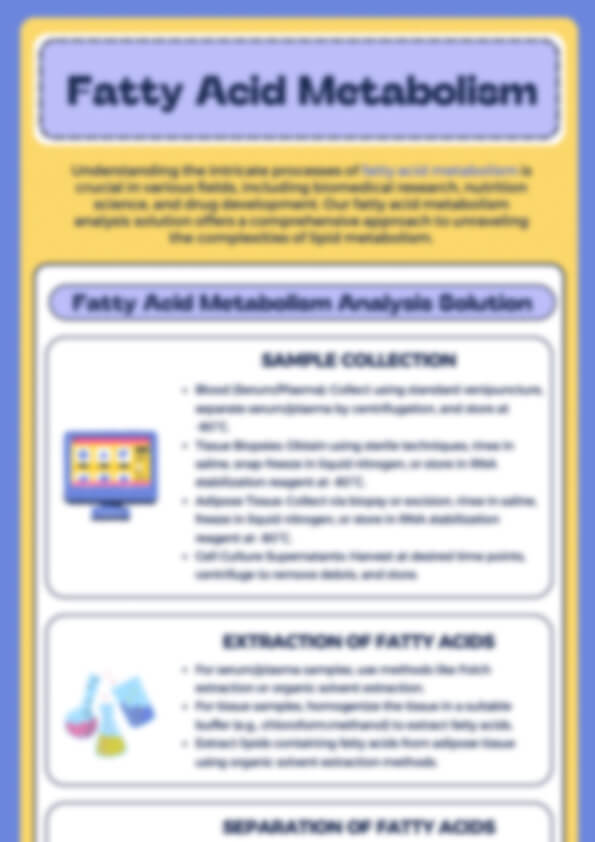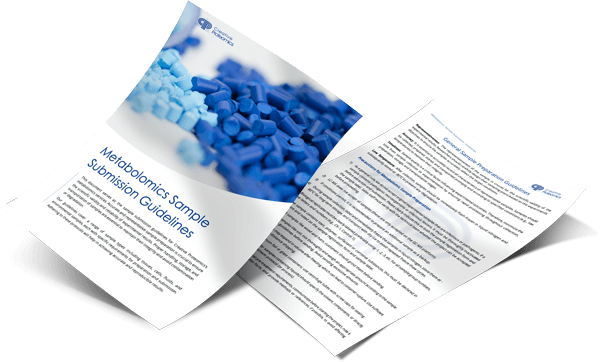α-Linolenic Acid Analysis Service
α-linolenic acid (ALA), also known as linolenic acid, is a unsaturated fatty acid with three double bonds and an essential ω-3 fatty acid. Creative Proteomics offers efficient and accurate detection of ALA content using targeted metabolism methods.
Submit Your Request Now
×- Services
- Advantages
- Workflow
- Sample Requirements
- Applications
- Demo
- FAQs
What is α-linolenic acid
α-linolenic acid, also known as alpha-linolenic acid, or 9,12,15-octadecatrienoic acid, is a polyunsaturated fatty acid with three double bonds. It is an ω-3 essential fatty acid found in various plant oils, including flaxseed oil, peony seed oil, seabuckthorn seed oil, and canola oil, with the highest content of ALA found in perilla seed oil.
ALA has metabolic effects that influence protein metabolism, cell membrane synthesis, and the synthesis of eicosanoid-like compounds. By affecting cellular mechanisms, enzyme activity, and signal transduction pathways, it helps reduce the incidence of cardiovascular diseases and inflammation in the human body.
α-Linolenic Acid Analysis Service in Creative Proteomics
Creative Proteomics employs a variety of advanced analytical techniques to efficiently and accurately detect changes in α-linolenic acid levels. We also offer a diverse range of fatty acid quantification services to support clients' research needs.
Identification and quantification of fatty acid metabolites: Using cutting-edge LC-MS/MS technology and other platforms, we offer accurate and sensitive profiling of α-linolenic acid and its metabolites, helping to unravel the metabolic pathways in biological systems.
Our service covers key α-linolenic acid metabolic pathways, including:
- ALA Synthesis: The conversion of linoleic acid into ALA, which is critical for omega-3 fatty acid biosynthesis.
- ω-3 Fatty Acid Metabolism: ALA is metabolized into longer-chain omega-3 fatty acids like eicosapentaenoic acid (EPA) and docosahexaenoic acid (DHA), which are essential for cellular function and inflammation regulation.
- Cell Membrane Lipid Synthesis: ALA plays a key role in the formation of phospholipids, which are crucial for maintaining cell membrane integrity.
- Eicosanoid Synthesis: ALA influences the synthesis of eicosanoids like prostaglandins and leukotrienes, which modulate inflammation and immune responses.
- Enzyme Activity Regulation: ALA modulates the activity of enzymes involved in fatty acid metabolism and energy regulation.
Our Advantages
- High-Throughput Capability: Detects over 40 fatty acids in a single analysis, ideal for large-scale screening and multi-target analysis, boosting efficiency for research and clinical applications.
- High Sensitivity and Precision: GC-MS technology with ultra-high sensitivity and ng-level precision ensures accurate trace analysis in complex samples.
- Standardized Quantification: Absolute quantification using standard reference materials and validated standard curves ensures accuracy and reproducibility.
- Comprehensive Support: Offers pre-sale consultation and post-sale technical support to assist with any questions and ensure smooth analysis.
- Flexible Sample Requirements: Accommodates various sample types, offering customized analysis solutions for diverse needs.
Workflow of α-Linolenic Acid Analysis
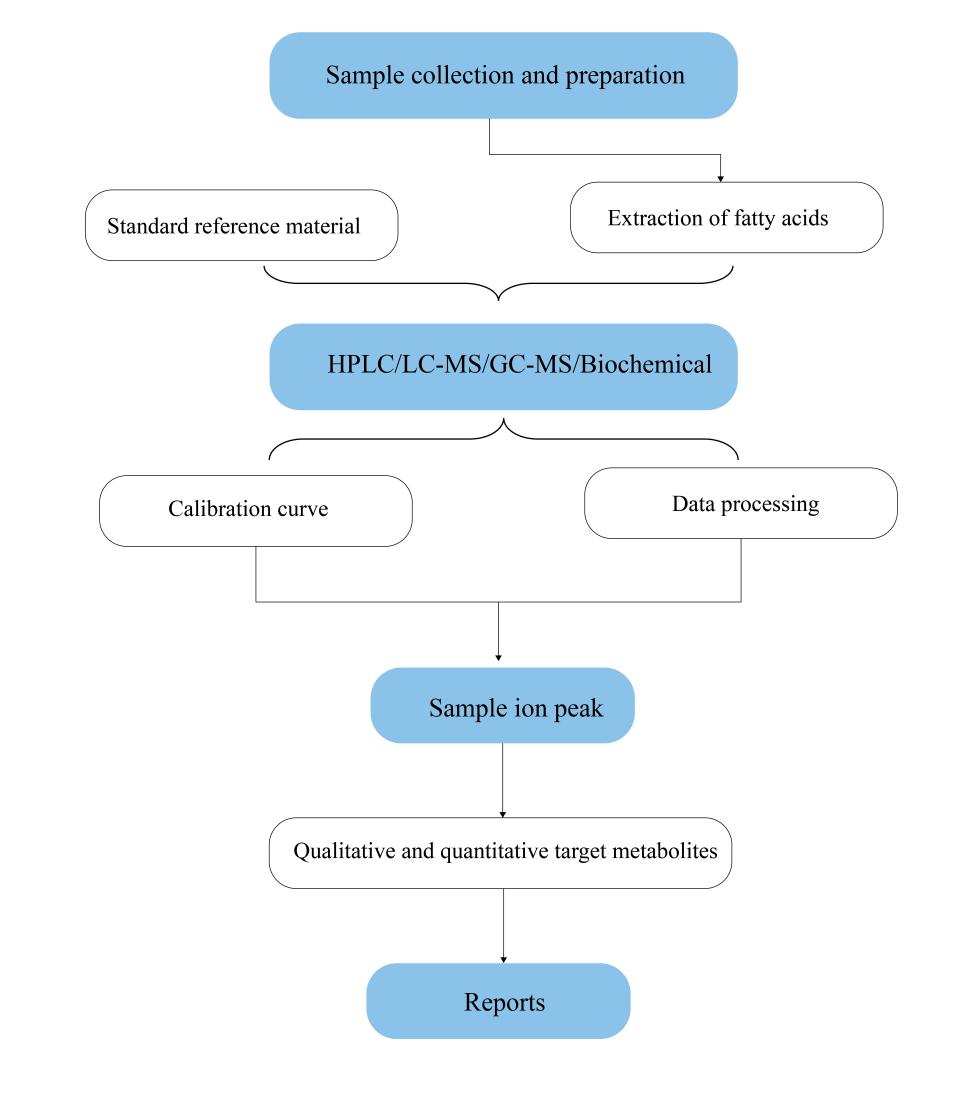 Figure 1. The workflow of α-Linolenic Acid Analysis.
Figure 1. The workflow of α-Linolenic Acid Analysis.
Technical Platforms
High-Performance Liquid Chromatography
HPLC is a commonly used analytical technique suitable for the quantitative analysis of α-linolenic acid levels in various samples, such as plants and tissues. When coupled with a UV detector, HPLC can measure ALA content in biological samples at a wavelength of 203 nm, providing accurate, reliable, and reproducible results. Additionally, HPLC is straightforward to operate and relatively time-efficient, making it ideal for the analysis of trace amounts of volatile unsaturated fatty acids.
Liquid Chromatography-Mass Spectrometry
LC-MS is a high-sensitivity, high-resolution analytical technique that allows precise quantification of ALA and its isomers in complex samples. The advantage of LC-MS lies in its combination of the separation power of liquid chromatography and the detection specificity of mass spectrometry, making it particularly suited for fatty acid analysis in complex samples.
Gas Chromatography-Mass Spectrometry
GC-MS is another widely used method for fatty acid detection, which separates fatty acids in a sample through gas chromatography and confirms their molecular structure using mass spectrometry. While GC-MS requires more meticulous sample preparation, it offers significant advantages in terms of detection sensitivity and selectivity.
Biochemical Methods
Biochemical methods are traditional fatty acid detection techniques typically used for preliminary analysis and qualitative detection. Although their sensitivity and accuracy may not be on par with HPLC or LC-MS, they still hold practical value in certain situations.
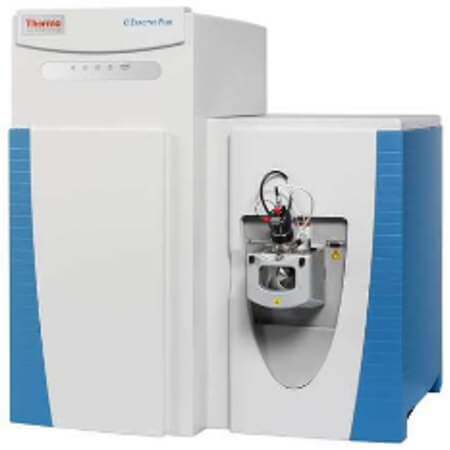
Thermo Q ExactiveTM series
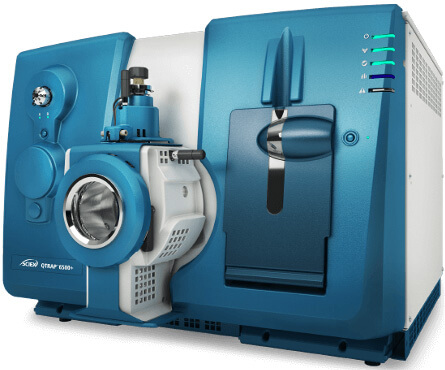
AB Sciex 6500+
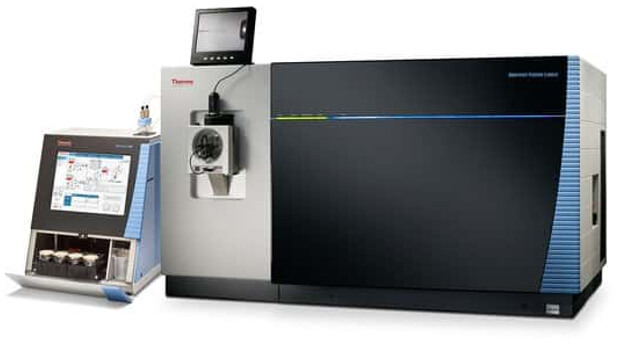
Thermo Orbitrap Fusion Lumos
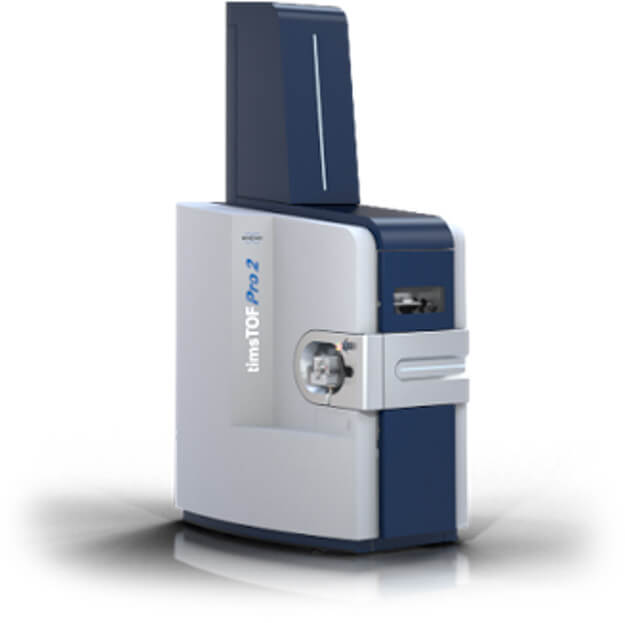
Bruker timsTOF Pro
Sample Requirements
| Sample type | Recommended sample size | Pre-treatment and storage |
|---|---|---|
| Tissue | 100-200 mg | Snap freezing in liquid nitrogen, stored at -80℃. |
| Urine | 200-500 μL | 5000×g 4℃ Centrifuge for 30-60min, remove supernatant, store at -80℃. |
| Serum/plasma | >100 μL | Collected serum/plasma, snap freezing in liquid nitrogen, stored at -80℃. |
| Cerebrospinal fluid, amniotic fluid, bile and other body fluids | >200 μL | 4℃ Centrifuge for 10min, (or filter using 0.22μm membrane), remove supernatant and store at -80℃. |
| Suspension cells | >1*107 | Centrifuge and collect cells after liquid nitrogen snap freezing and store at -80℃. |
| Walled cells | >1*107 | Cultured walled cells are stored in 1.5ml centrifuge tubes, snap freezing in liquid nitrogen and stored at -80℃. |
| Cell supernatant | >2 mL | centrifuge at 4℃ for 3 minutes, take the supernatant and store at -80℃. |
Reports
- Experimental Procedure
- Relevant Mass Spectrometry Parameters
- Mass Spectrometry Images
- Raw Data
- α-Linolenic Acid Content Information
Appliacations of α-Linolenic Acid Analysis
Medical and Health Research
ALA helps reduce cardiovascular disease risk, supports cognitive function, and has neuroprotective and anti-inflammatory properties.
Nutritional Supplements and Food Industry
ALA is used in supplements to support heart health, lower blood lipids, and improve cognition, and is added to functional foods.
Biochemical and Metabolic Research
ALA is metabolized into longer-chain omega-3 fatty acids like EPA and DHA, and regulates cell membrane components and enzyme activity.
Agriculture and Plant Research
Genetic engineering and breeding increase ALA content in crops, improving their nutritional value and supporting healthy plant growth.
Demo Results
Figures come from (Li, Y.et.al, Sci Rep,2023)
α-Linolenic Acid Analysis FAQs
What is the method for analyzing α-linolenic acid levels?
Creative Proteomics uses advanced techniques such as High-Performance Liquid Chromatography (HPLC), Liquid Chromatography-Mass Spectrometry (LC-MS), and Gas Chromatography-Mass Spectrometry (GC-MS) to analyze α-linolenic acid levels in biological and plant samples. These methods provide accurate and sensitive results for detecting ALA content and its isomers.
How can I interpret the results of an α-linolenic acid analysis?
The results of an ALA analysis typically include detailed reports on the ALA content, relevant mass spectrometry parameters, raw data, and graphical representations such as mass spectrometry images. This data helps researchers understand the ALA levels in their samples, providing insights into its role in metabolic processes.
What are the best sources of α-linolenic acid?
The best dietary sources of ALA include flaxseed oil, chia seeds, walnut oil, canola oil, and perilla seed oil. Among these, perilla seed oil contains the highest concentration of ALA, making it one of the richest plant-based sources of this omega-3 fatty acid.
Learn about other Q&A about other technologies.
Publications

- Proteolytic activation of fatty acid synthase signals pan-stress resolution.2024 https://doi.org/10.1038/s42255-023-00939-z
- Bioprocessing of soybean seed-coats for production of proteins & omega-3 fatty acids using Pythium isolates.2020 http://dx.doi.org/10.13140/RG.2.2.22191.05286
- Fatty Acid and Antioxidant Profile of Eggs from Pasture-Raised Hens Fed a Corn- and Soy-Free Diet and Supplemented with Grass-Fed Beef Suet and Liver. 2022 https://doi.org/10.3390/foods11213404
References
- Yuan, Q et al. (2022). The review of alpha-linolenic acid: Sources, metabolism, and pharmacology. Phytotherapy research : PTR, 36(1), 164–188. https://doi.org/10.1002/ptr.7295
- Naghshi, S et al. (2021). Dietary intake and biomarkers of alpha linolenic acid and risk of all cause, cardiovascular, and cancer mortality: systematic review and dose-response meta-analysis of cohort studies. BMJ (Clinical research ed.), 375, n2213. https://doi.org/10.1136/bmj.n2213
- Bertoni, C et al. (2024). The Role of Alpha-Linolenic Acid and Other Polyunsaturated Fatty Acids in Mental Health: A Narrative Review. International journal of molecular sciences, 25(22), 12479. https://doi.org/10.3390/ijms252212479
